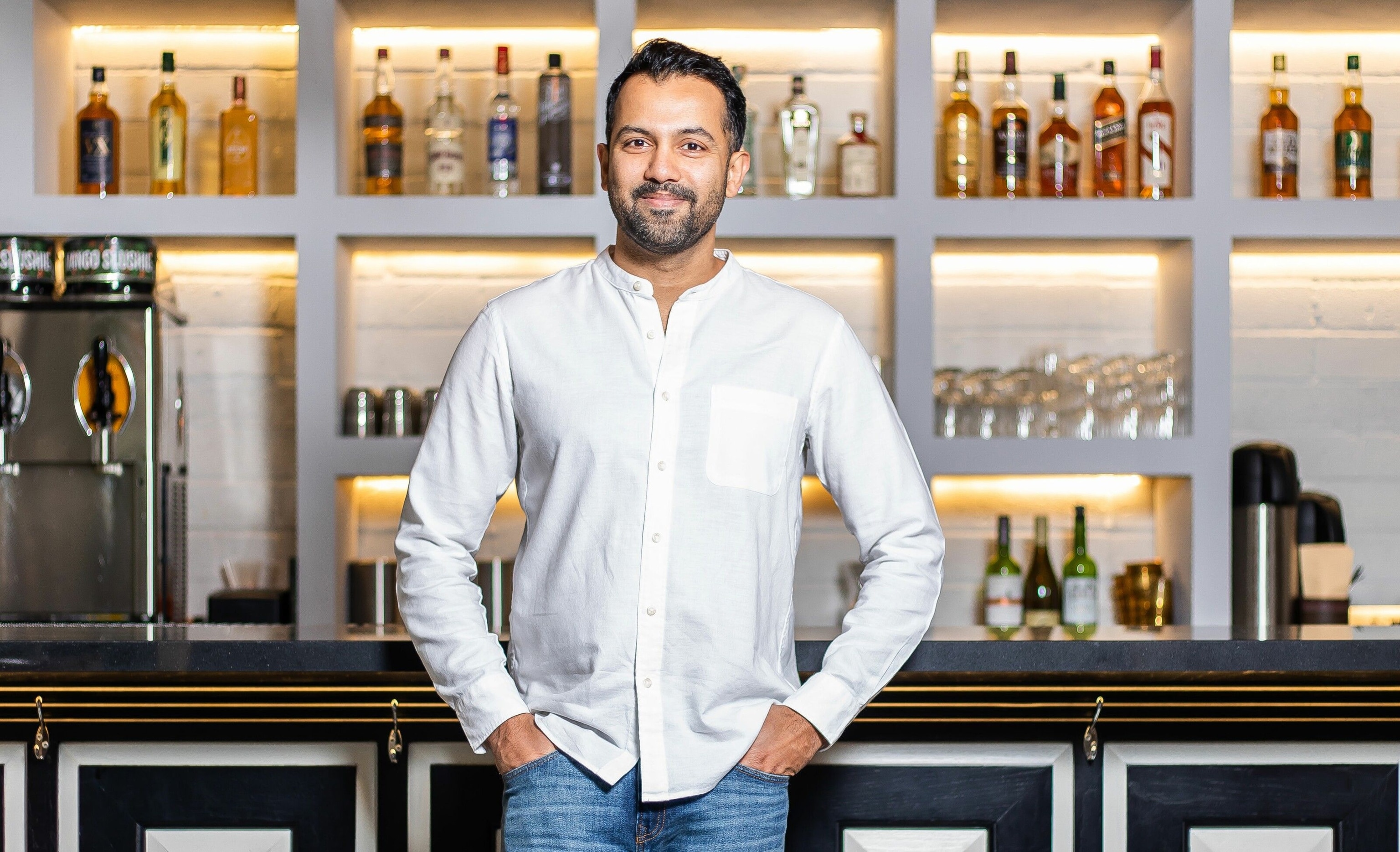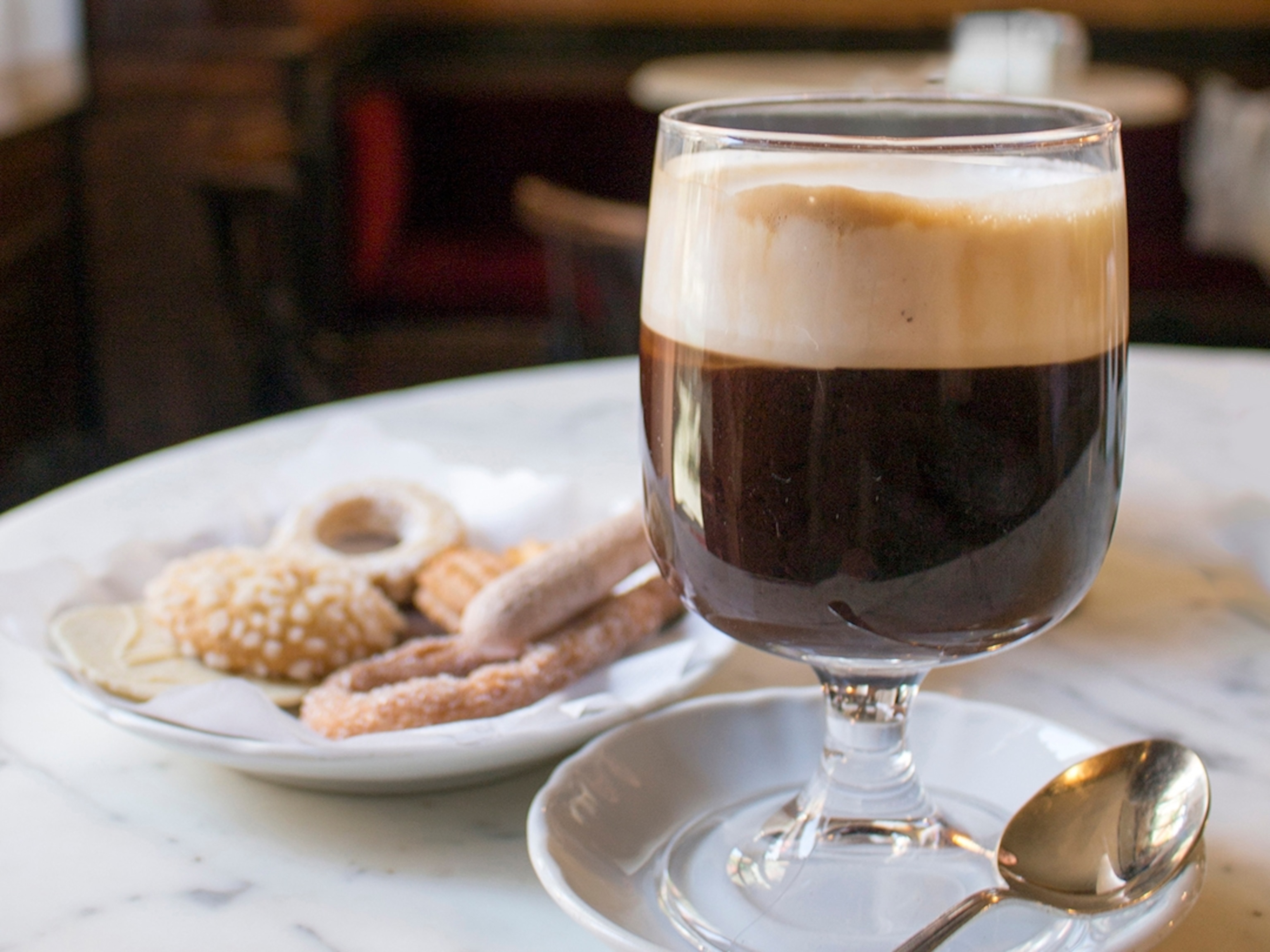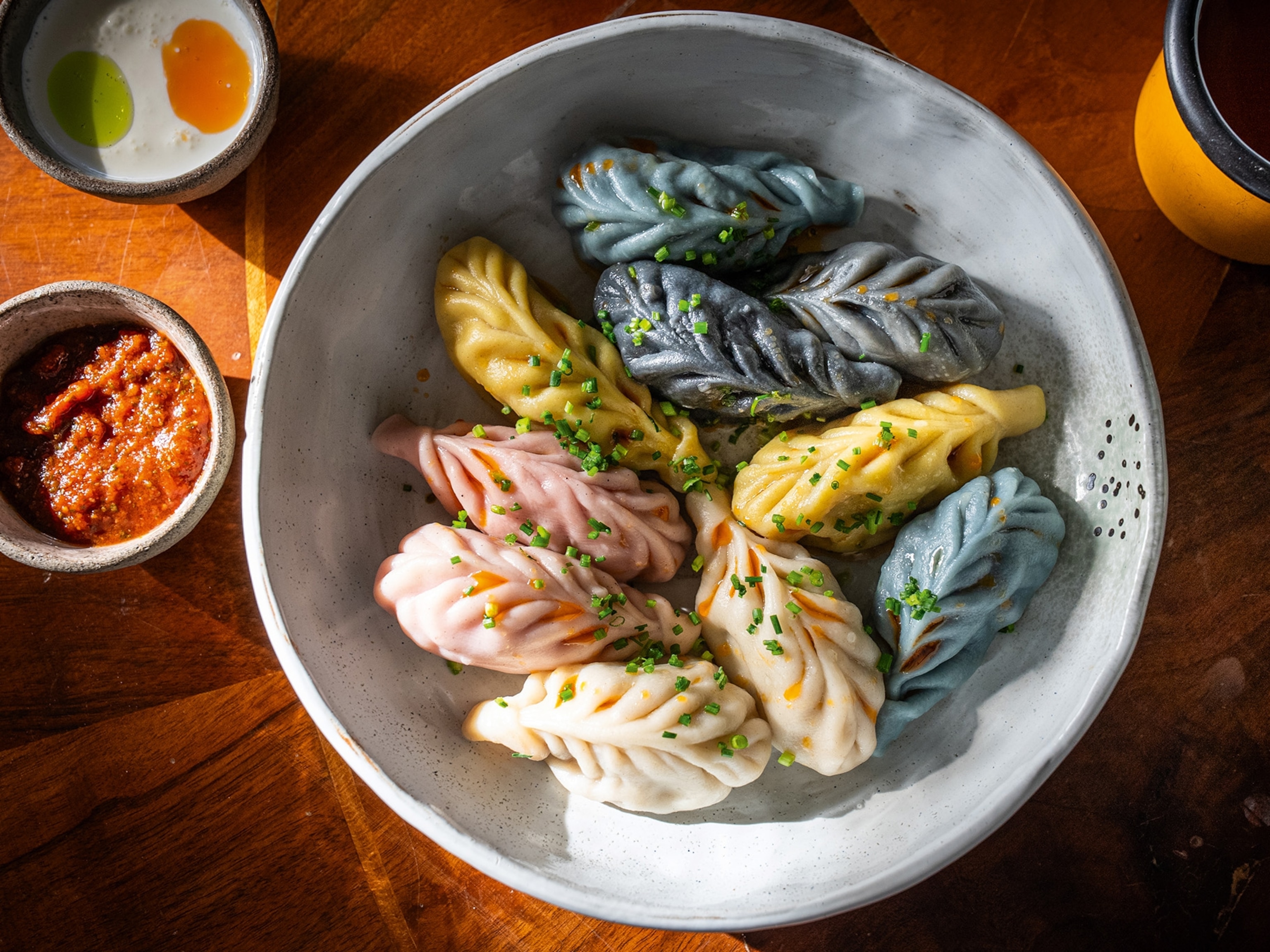
Chef Karan Gokani on his passion for paneer, and how to make it at home
Karan Gokani developed a love for paneer growing up in Mumbai. Later, as director of the Hoppers chain, he gave this versatile ingredient a distinctly Sri Lankan twist.
I grew up in India, in a Gujarati family, and while I eat everything, it’s a vegetarian culture. One of the biggest sources of protein for vegetarians there is cheese — and by this, I mean paneer. Unlike fattier, more processed Western cheese, which there’s no tradition of in India, paneer is pretty healthy, and works well in curries. It adds that element of richness that reminds me of things I grew up eating: palak paneer, creamed with spinach; paneer makhana, the cheese equivalent of chicken tikka masala; mutter paneer, which is with peas; and paneer bhurji — a bit like scrambled eggs but with paneer.
Paneer is traditionally made with buffalo’s or cow’s milk. Unlike in Europe, where cheese is a catch-all term for combinations of bacteria in milk, paneer is always the same — simply fresh cheese. In India, some of the best is sold in massive blocks from dairy stands, where it’s cut and weighed for you. In the UK, you’ll find it in cartons, or packaged like feta cheese, and it’s often harder, more processed. In terms of texture and moisture, it’s like the difference between the grated mozzarella you get in packets and fresh mozzarella in brine.
South Indian and Sri Lankan food use coconut, fish and meat much more widely than Northern Indian cuisine, where paneer traditionally dominates. However, with the movement of people and providers, paneer is now found all over. Sri Lankan cooking uses deviled proteins, following the Chinese example. But at Hoppers, we add paneer instead of using, say, deviled cuttlefish or chicken. Our deviled paneer is super-popular.
We also use it in our kottu roti, a classic late-night dish that makes use of leftovers: roti, curry, spring onions, spring greens and eggs. The equivalent of a kebab in the UK, it’s popular with young Sri Lankans after a big night out. And we’ve found it works really well with paneer.

Karan’s homemade paneer
Making paneer is easy. Simply split full-fat milk with a curdling agent such as yoghurt or whey.
Makes: enough for 2 as part of a curry or stir-fry.
Takes: 15 mins plus 3 hrs cooling and setting
Ingredients
2 litres whole milk
curdling agent — this could be 2½ tbsp lemon juice, ¼ cup yoghurt or ¼ cup whey (left over from a previous batch of paneer)
Method
1. Pour the milk into a pan and bring to a boil, stirring to avoid a skin developing. Keep on a rolling boil for 3 mins, then remove from the heat and allow to cool for 2 mins. Add the curdling agent and stir until the milk splits completely (the whey should be clear and greenish — if not, add a little more of the curdling agent and warm the milk up a touch).
2. Line a colander or sieve with a cheesecloth or muslin set over a bowl. Pour in the split milk and allow to cool completely (save the collected whey for use in other recipes, if you like).
3. Tie the corners of the cheesecloth together and squeeze gently. Leave the parcel in the sieve and place a heavy bowl or weight on top to compress the cheese and squeeze out excess water. This will take an hour or two at room temperature or in the fridge, but it can also be left in the fridge overnight.
4. Remove from the cloth and store in the fridge for up to three days, or freeze for up to three months. To serve, cut into cubes and add to a curry or stir-fry, or eat as is with a pinch of salt.
Published in Issue 10 (winter 2020) of National Geographic Traveller Food
Subscribe to our newsletter and follow us on social media:
Facebook | Twitter | Instagram





